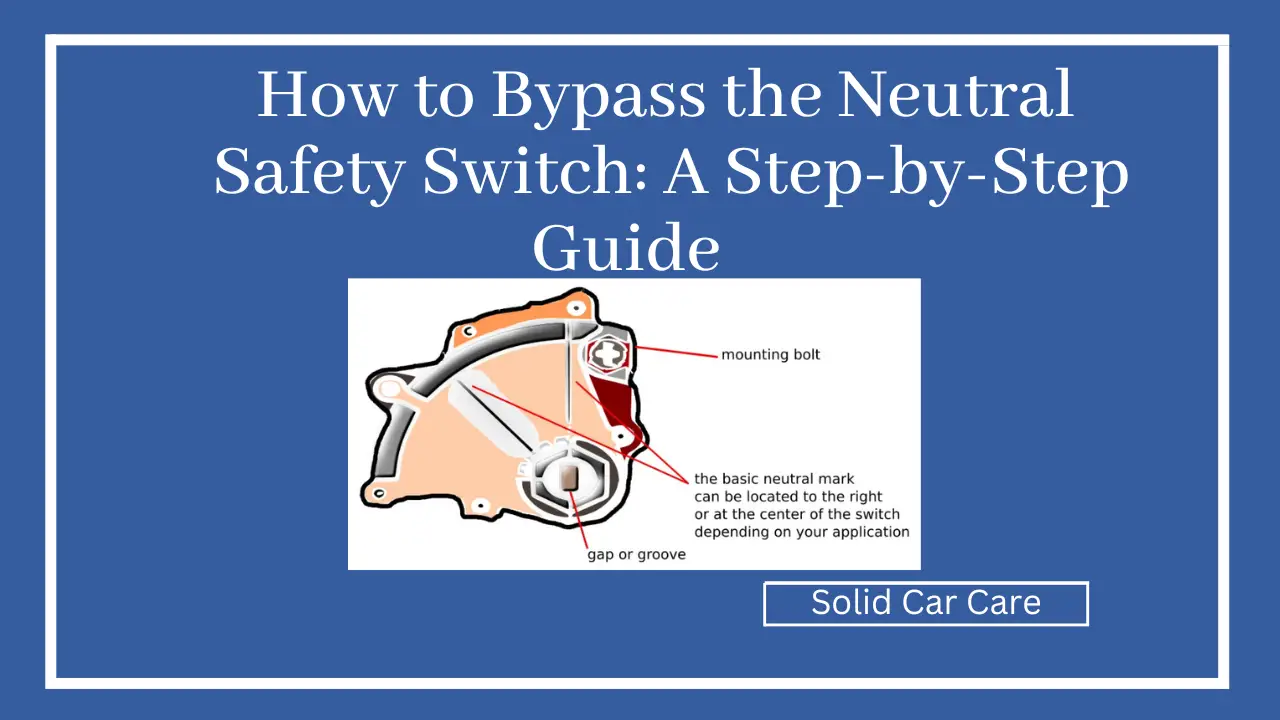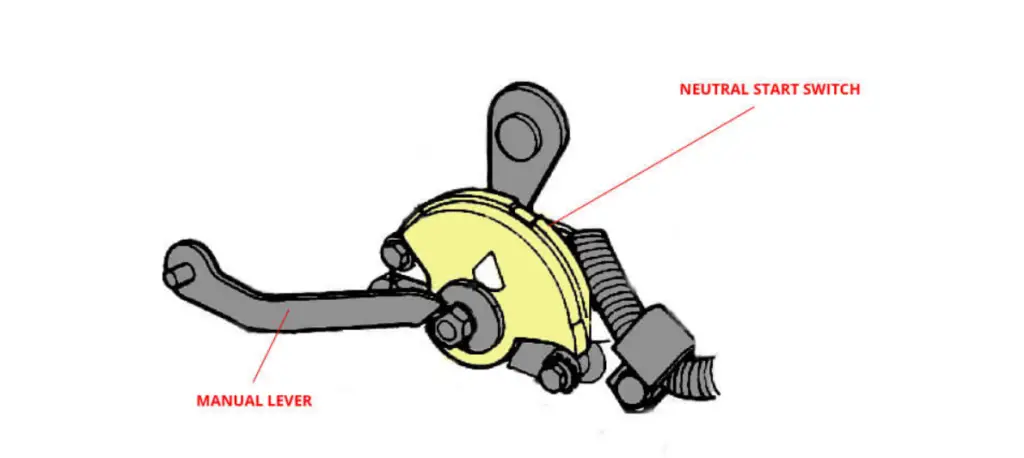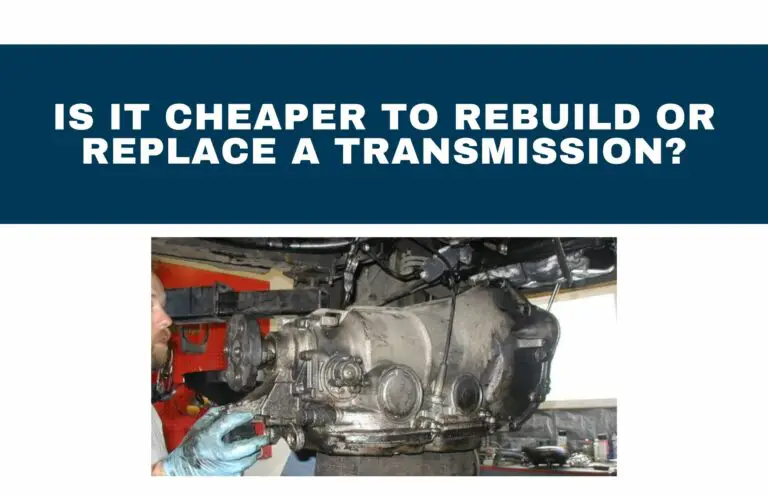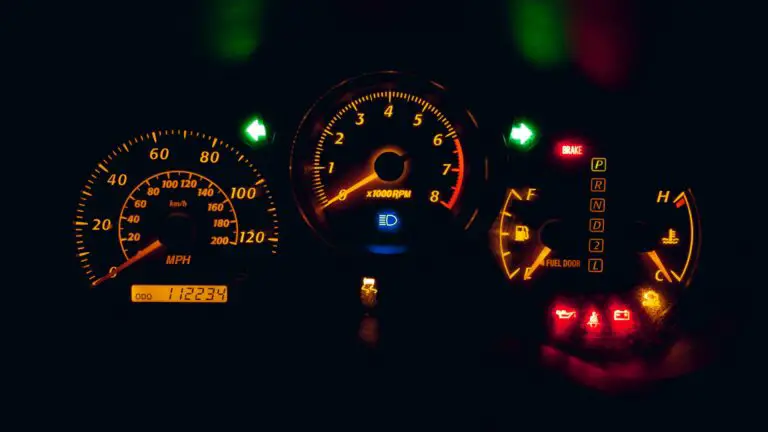How to Bypass the Neutral Safety Switch: A Step-by-Step Guide

The neutral safety switch is an essential component in a vehicle’s transmission system, designed to prevent the engine from starting unless the transmission is in neutral or park. However, in certain situations, bypassing the neutral safety switch becomes necessary.
In this article, we will provide an overview of the neutral safety switch, discuss the reasons for bypassing it, and offer a step-by-step guide to bypassing the switch if needed.
Table of Contents
What does the Neutral Safety Switch do?

The neutral safety switch, also known as the transmission range sensor or inhibitor switch, plays a crucial role in ensuring the safe operation of a vehicle.
It is typically located on the transmission or the shift mechanism and prevents the engine from starting if the transmission is not in the neutral or park position. The switch sends a signal to the engine control unit (ECU) or starter relay, allowing the vehicle to start only when it is in the correct gear.
Reasons for Bypassing the Neutral Safety Switch
While bypassing the neutral safety switch is generally not recommended, there are a few situations where it may be necessary or desired:
Faulty Switch or Wiring
Suppose the neutral safety switch is malfunctioning or a wiring issue is causing starting problems. In that case, bypassing the switch temporarily can help diagnose the problem or get the vehicle running in emergencies.
Emergency Situations
In rare cases, such as being stranded in a dangerous location or during a life-threatening situation, bypassing the neutral safety switch might be necessary to start the vehicle quickly for immediate safety.
Customizations or Modifications
Some automotive enthusiasts may bypass the neutral safety switch as part of custom installations or modifications to accommodate aftermarket components or unique setups. However, this should be done with caution and a proper understanding of the implications.
How to Bypass EVAP Canister? Exploring the Considerations and Implications
solidcarcare.com
Step-by-Step Guide: Bypassing the Neutral Safety Switch
Note: Bypassing the neutral safety switch should only be done as a temporary solution or for specific situations. It is important to consult a professional mechanic or automotive expert for assistance and to comply with local laws and regulations.
Step 01- Safety Precautions: Ensure the vehicle is in the park and the ignition is turned off. Engage the parking brake for added safety.
Step 02- Identifying the Neutral Safety Switch Wires: Refer to the vehicle’s service manual or wiring diagram to locate and identify the wires connected to the neutral safety switch. These wires are often colour-coded.
Step 03- Disconnecting the Switch: Carefully disconnect the wiring harness or connector from the neutral safety switch. Take note of the original configuration for future reference.
Step 04- Connecting the Bypass Wire: Prepare a bypass wire of the appropriate gauge and length. Strip the ends of the wire and connect one end to the wire previously connected to the neutral safety switch.
Step 05- Testing the Bypassed Circuit: Recheck all connections and ensure they are secure with the bypass wire in place. Turn the ignition on and attempt to start the vehicle. If the vehicle starts without issues, the neutral safety switch has been bypassed successfully.
How do you reset a neutral safety switch?
Step 1: Disconnect the Battery
To reset a neutral safety switch, start by disconnecting the vehicle’s battery to ensure no power is running through the system.
Locate the battery in the engine bay or trunk and use a wrench to loosen the negative terminal connector. Once loosened, remove the negative terminal from the battery post and set it aside in a safe location.
Step 2: Locate the Neutral Safety Switch
Next, locate the neutral safety switch, also known as the transmission range sensor or inhibitor switch. The exact location of the switch may vary depending on the vehicle’s make and model.
Typically, it is located on the side of the transmission or attached to the transmission linkage. Refer to the vehicle’s service manual or consult a professional mechanic to find the precise location of the neutral safety switch in your vehicle.
Step 3: Inspect the Neutral Safety Switch
Inspect the neutral safety switch before proceeding with the reset for any signs of damage, loose connections, or corrosion. Look for frayed wires, loose bolts or screws, and ensure the switch is securely fastened to the transmission or linkage.
Step 4: Resetting the Neutral Safety Switch
To reset the neutral safety switch, you must manipulate the switch to its default position. This can be done by following these sub-steps:
- Locate the reset button or lever: Some neutral safety switches have a reset button or lever that needs to be pressed or moved to reset the switch. It may be a small button on the side of the switch or a lever that can be flipped or moved.
- Press or move the reset button/lever: Using your fingers or a small tool, press the reset button or move the reset lever according to the manufacturer’s instructions. This action will restore the switch to its default position.
- Confirm the reset: After pressing the reset button or moving the reset lever, visually inspect the switch to ensure it has returned to its original position. Check for any physical changes or indications that the switch has been reset.
Step 5: Reconnect the Battery
Once the neutral safety switch has been reset, it is time to reconnect the vehicle’s battery. The previously disconnected negative terminal is placed back onto the battery post. Use a wrench to tighten the terminal connector securely.
Step 6: Test the Neutral Safety Switch
After reconnecting the battery, it is essential to test the neutral safety switch to ensure it is functioning correctly. Start the vehicle and shift through the different gears, ensuring that the engine only starts in neutral or park. If the vehicle starts in any other gear, the reset may not have been successful, and you may need to repeat the process or seek professional assistance.
Note: The specific steps to reset a neutral safety switch may vary depending on the vehicle make and model. It is always recommended to consult the vehicle’s service manual or seek advice from a professional mechanic for the most accurate and vehicle-specific instructions.
Legal Considerations and Disclaimer
Bypassing the neutral safety switch should only be done in emergencies or for temporary troubleshooting purposes. Complying with local laws and regulations regarding vehicle modifications and safety features is crucial. Bypassing the neutral safety switch may have legal consequences. It can compromise the vehicle’s and its occupants’ safety. Consult with a professional automotive technician or mechanic to determine the best course of action for your specific situation.
solidcarcare.com
Conclusion
The neutral safety switch is an important safety feature in a vehicle’s transmission system, ensuring that the engine starts only when the transmission is in neutral or park. Bypassing the neutral safety switch should be cautiously approached and used as a last resort or for specific situations. It is always recommended to consult a professional for guidance and to comply with legal requirements. The proper functioning of the neutral safety switch is crucial for the safe operation of your vehicle.
Some related FAQs
What are the signs of a faulty neutral safety switch?
Signs of a faulty neutral safety switch may include difficulty starting the vehicle, no response when turning the ignition key, the engine starting in gear other than neutral or park, or the inability to shift out of park.
Can I drive my vehicle with a malfunctioning neutral safety switch?
Driving a vehicle with a malfunctioning neutral safety switch is not recommended. The switch is a crucial safety feature that ensures the engine only starts in neutral or park, preventing accidental movement of the vehicle. It is best to repair or replace the switch before driving the vehicle.
Can I bypass the neutral safety switch temporarily?
Bypassing the neutral safety switch should only be done as a temporary measure in emergencies, such as being stranded in a dangerous location. However, it is not advisable for regular use as it compromises the vehicle’s safety features.
How much does it cost to replace a neutral safety switch?
The cost of replacing a neutral safety switch can vary depending on the vehicle make and model, as well as the labor rates of the service provider. On average, the cost can range from $100 to $300, including parts and labor.






